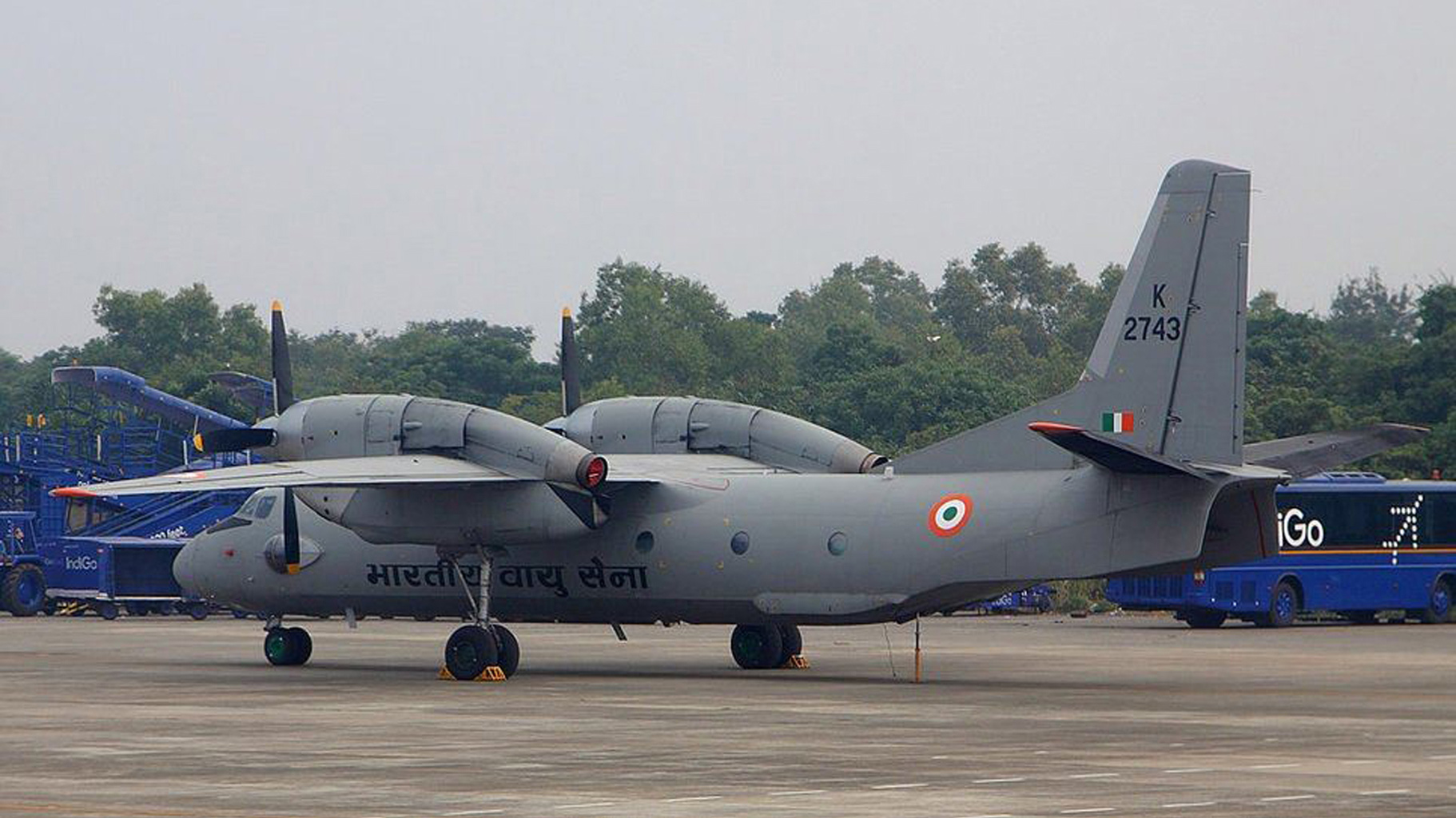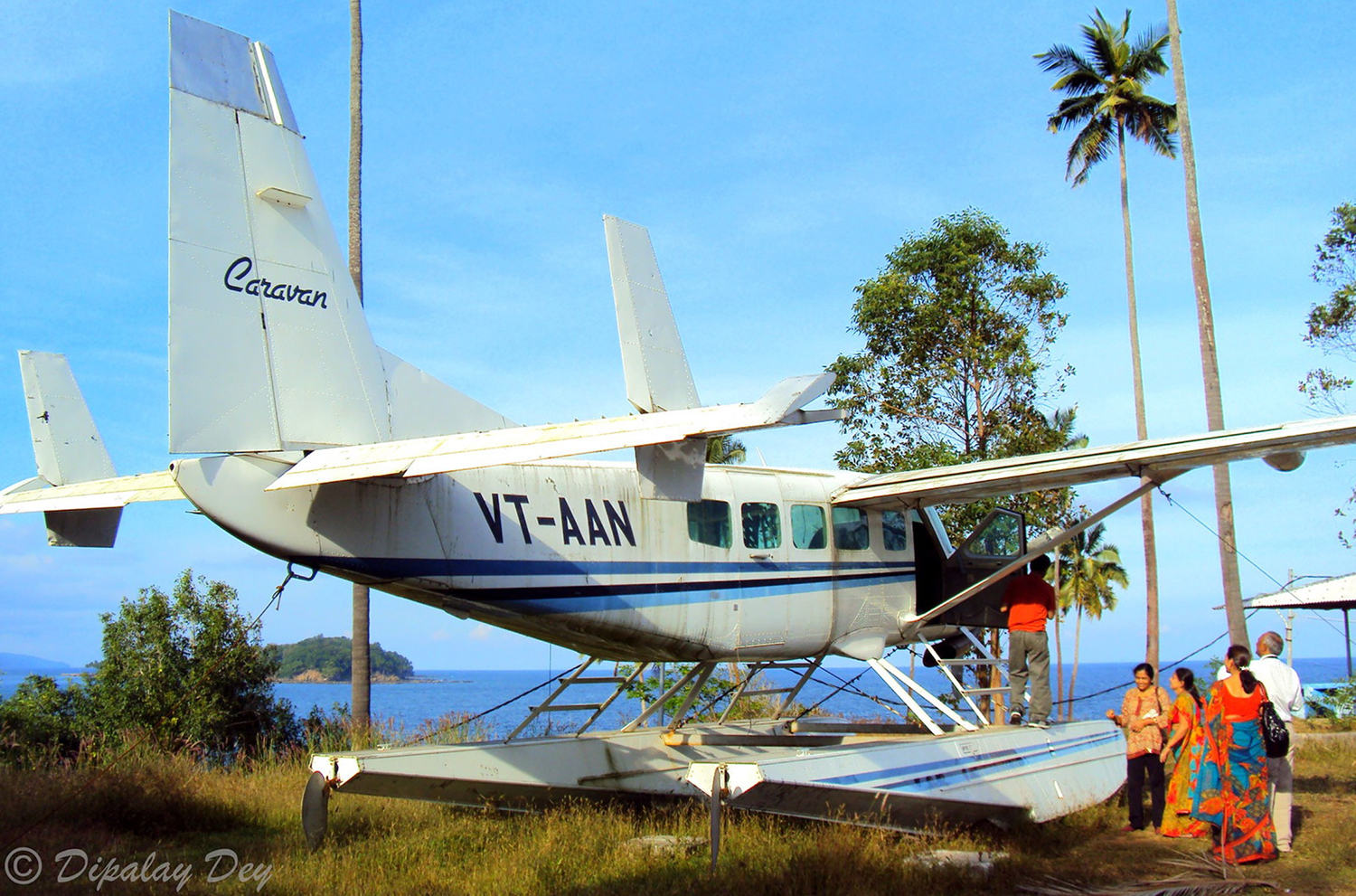Crash of an Antonov AN-32 in the Gulf of Bengal: 29 killed
Date & Time:
Jul 22, 2016
Registration:
K2743
Survivors:
No
Schedule:
Tambaram - Port Blair
MSN:
08 09
YOM:
1986
Crew on board:
6
Crew fatalities:
Pax on board:
23
Pax fatalities:
Other fatalities:
Total fatalities:
29
Circumstances:
The twin engine aircraft departed Tambaram AFB (southwest of Chennai) at 0830LT for a 3-hour flight to Port Blair, in the Andaman Islands. While cruising at the assigned altitude of 23,000 feet about 280 km east of Chennai, the aircraft entered a left turn then an uncontrolled descent until it crashed in the sea. SAR operations were initiated but definitively abandoned on 3 October 2016 as no trace of the aircraft nor the 29 occupants was found.




